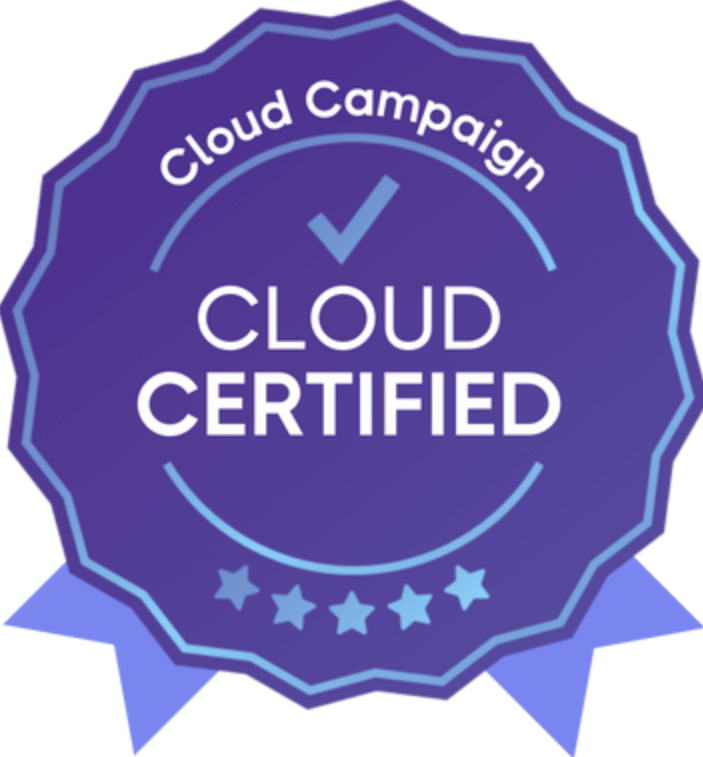Despite its many benefits, networking still intimidates some of the most seasoned industry professionals. When your organization is just starting out, it can feel even more overwhelming. But “networking” doesn’t have to be a scary word!
Running a nonprofit comes with many moving parts—securing funding, building your brand in relation to your mission, starting programs, and more. Nonprofit startup networking helps make the connections that will support all of these tasks as you grow. It also establishes your position in the wider nonprofit space.
Let’s dive into how you can network with confidence!
Why is Nonprofit Networking Important?
Nonprofits can’t exist without the support of a community. They thrive on the strength of their connections with:
- Donors
- Other organizations
- Governments
- Foundations
- Businesses
These partners help with efforts such as fundraising, program rollouts, building new partnerships, and securing grants. A supportive network makes all the difference in your nonprofit’s long-term success!
But there’s no such thing as a “good enough” point for nonprofit networking. Your networking, fundraising, and operational efforts all benefit from the new supporters, connections, and opportunities you bring in. Building an identity as an effective, well-connected player in the space is a valuable asset to have on your side as your nonprofit grows.
Here are 8 steps for getting started on your nonprofit startup networking:
Nonprofit Startup Networking: 8 Steps to Get Started
1. Nail down your mission, vision, and brand
Make sure you have a clear idea of how you want to represent your organization. Every conversation is an opportunity to pitch your nonprofit—you have to know what you’re all about in order to bring in new supporters!
Consider how you can make your nonprofit memorable and what you can learn from industry experts. Sharing your mission and vision in an engaging, clear, and concise way will keep you at the front of peoples’ minds even after the conversation has ended. A strong brand identity is also key here. You don’t want to be confused with other organizations!
2. Invite the community to learn more about you
Rather than waiting for people to stumble onto your nonprofit, actively invite them in. Hosting and attending events puts you on the map, and opens the door for people to learn how they can get involved.
Put effort into volunteer recruitment—you’ll be amazed by how many people will help if they are directly asked. And don’t restrict yourself to in-person opportunities! Tapping into a virtual community means having a broader reach. Joining online spaces such as Facebook groups or LinkedIn groups can help you build connections from all over the world.
3. Build an effective fundraising strategy
When it comes to nonprofit networking, your fundraising strategy should emphasize improving stewardship and communication. Look for opportunities to reach out to your members, and explore which of your campaigns they are the most responsive to.
This will help you better understand your current relationships, and guide you in successfully building new ones. Fundraising is essential to your nonprofit’s success, so make sure your goals are clear and intentional.
4. Join a nonprofit network or association
Nonprofit associations and networks are designed to provide a networking boost. They give you access to like-minded people who have specific resources and insights. There’s a lot you can learn from people who’ve been in the game longer than you!
Association networking introduces you to new contacts and brings you into a wider community. As your industry evolves, nonprofit startup networking will guide you in managing your own organization.
5. Enlist your board members and volunteers
Your board members and volunteers have already invested time and energy into your nonprofit. This means they understand and believe in your mission—which makes them the perfect people to recruit new supporters! Don’t underestimate the power of their reach.
For example, think about how your younger volunteers can help foster relationships with essential young professional members. Encouraging these members to bring in friends is a great start, but they’ll also appreciate you setting them up with the tools to network effectively.
6. Forge new partnerships with nonprofits and businesses
Don’t think of your nonprofit as being in competition with others—the rising tide lifts all ships! Co-hosting events, campaigns, and programs with other nonprofit organizations can give you both a great boost in visibility.
This also applies to your relationships with businesses. If you can secure sponsorships, or set up some matching gift programs, both you and the business can build a long-term, mutually beneficial relationship.
7. Broadcast your achievements far and wide
You do amazing work, so go ahead and brag about it! People are much more likely to volunteer their time if they’ve been inspired by a previous success story.
Make your organization as visible as possible by expanding your marketing and online engagement efforts. People should hear about you many times through multiple platforms and feel motivated to learn more. Once you’ve got their attention, set up some clear ways to get involved.
8. Start pursuing mid-level and major donors over time
It’s true that “any amount helps,” especially when you’re just getting started. But over time, you want to bring in the donors who can do some serious heavy lifting. Start building a mid- and major giving program that will connect you with superstar donors in your region.
This isn’t just for the sake of bringing in good money (though that is important!). You want to reach the people who will stretch your network through their community connections. This will take some of the labor away from you, and help your nonprofit networking continue to grow organically.
Maximize Your Nonprofit Startup Networking
Your networking skills can make all the difference in establishing your organization’s place in the nonprofit world. With these 8 steps, you’ll be making the connections you need to succeed in no time!
About the Author

MemberClicks, Senior Content Marketing Manager
What matters most to membership organizations? As the Senior Content Marketing Manager for Personify’s Wild Apricot and MemberClicks products, this is the question always on Kerry’s mind. Their goal is to help nonprofits, associations, and clubs discover the solutions that solve their most frustrating pain points—while growing and retaining their member base. The CEO and Founder of their own nonprofit organization, Kerry is passionate about nonprofit and charitable work—especially in the arts.

